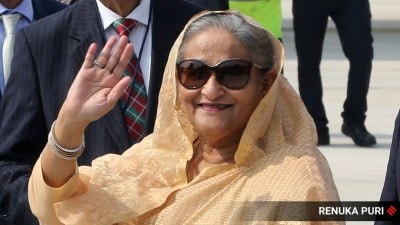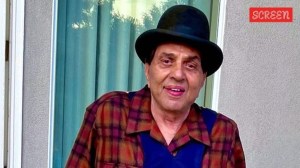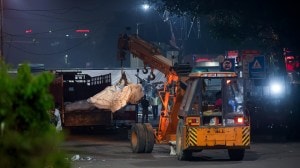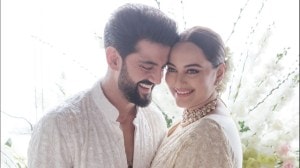Terrorists could have used 2 taxis, planted IEDs
Nearly two days after the unprecedented terror attacks in Mumbai were neutralised, police and Central security agencies are struggling to piece together what is apparently a complex plot even as questions remain if there are any attackers still on the loose and if the blasts in the two taxis were intended for other high-profile targets.

Nearly two days after the unprecedented terror attacks in Mumbai were neutralised, police and Central security agencies are struggling to piece together what is apparently a complex plot even as questions remain if there are any attackers still on the loose and if the blasts in the two taxis were intended for other high-profile targets.
While police and government officials have gone on record to say that 10 attackers entered the city from the sea on a raft and nine have been killed and one arrested, the blasts in two taxis — in Vile Parle and near the Dockyard Road station — have sown doubts about the presence of more men.
But police sources said they suspected the 10 men had used the two taxis after landing in the city and left an IED each in the two vehicles to be randomly triggered by timers later in the night and cause chaos and destruction.
They said the driver and the passenger in the Vile Parle taxi and the driver in the Dockyard Road station taxi, all of whom were killed, had been identified and the nature of the explosives used was being ascertained. More details are expected from the interrogation of Azam Ameer Qasab, the lone attacker nabbed alive.
“We are still verifying whether they had any local assistance and how they got information about the internal layout of the targeted areas. We are also investigating explosions that took place in a taxi in Vile Parle and Dockyard Road,” said Joint Commissioner of Police (Crime) Rakesh Maria.
“Qasab has told us that he is with Lashkar and along with the other nine was trained at camps in Pakistan. Each terrorist was carrying about 10 hand grenades. Qasab has given us the names of the other nine men but they might be aliases and need to be verified.”
Maria denied reports that the terrorists were staying in the Colaba area using Malaysian student identity cards and rubbished talk of two hotel interns assisting the terrorists. He said that the three groups of terrorists who held hostages captive at three different locations in the city were not in touch with each other during the course of the attacks.
(With inputs from Smita Nair)



- 01
- 02
- 03
- 04
- 05




























